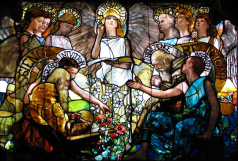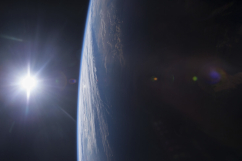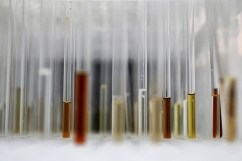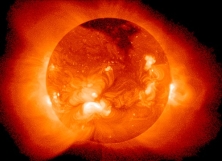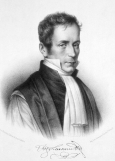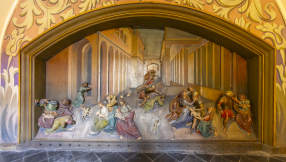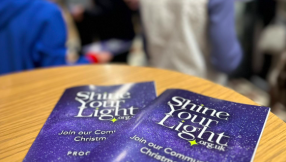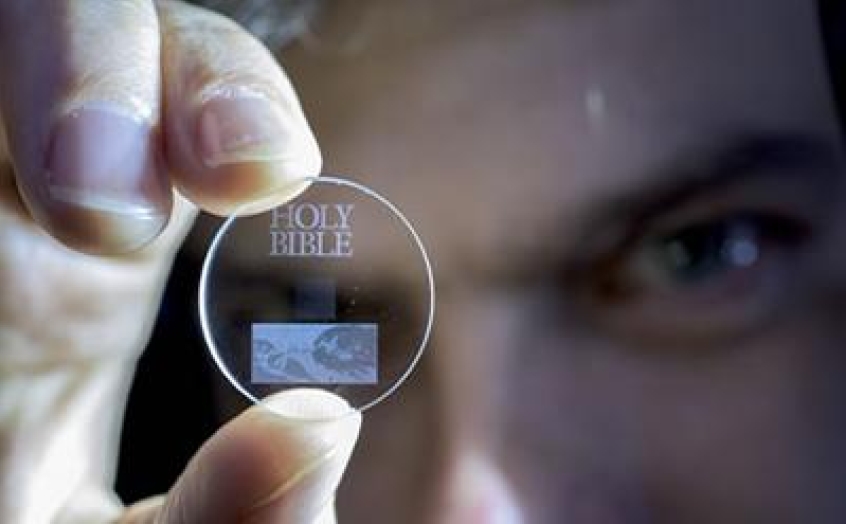
Scientists at Southampton University have recorded a Bible on a revolutionary new storage device capable of surviving for billions of years.
The researchers from the University's Optoelectronics Research Centre (ORC) have created a five-dimensional data storage process which combines a 360TB data capacity, thermal stability up to 1,000 degrees and lasts for 13.8 billion years – the approximate age of the universe – at room temperature.
The discs are the size of a coin. Other major documents the research team has encoded are the Universal Declaration of Human Rights, Newton's Opticks and Magna Carta.
The documents were recorded using ultrafast laser, producing extremely short and intense pulses of light. The file is written in three layers of nanostructured dots separated by five micrometres (one millionth of a metre).
The nanostructures change the way light travels through glass, modifying the polarisation of light that can then be read by a combination of an optical microscope and a polariser, similar to that found in Polaroid sunglasses. The information encoding is realised in five dimensions: the size and orientation in addition to the three dimensional position of these nanostructures.
According to the university, as a very stable and safe form of portable memory, the technology could be useful for organisations with big archives, such as national archives, museums and libraries, to preserve their information and records.
Prof Peter Kazansky said: "It is thrilling to think that we have created the technology to preserve documents and information and store it in space for future generations. This technology can secure the last evidence of our civilisation: all we've learnt will not be forgotten."
The researchers presented their work at the International Society for Optical Engineering Conference in San Francisco yesterday, with the title '5D Data Storage by Ultrafast Laser Writing in Glass'.
The team are now looking for industry partners to develop and commercialise the new technology.










